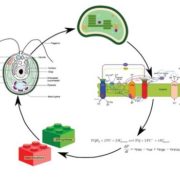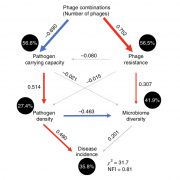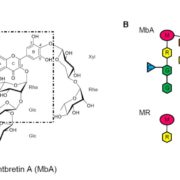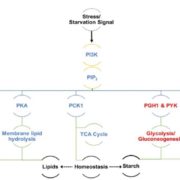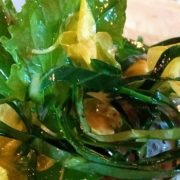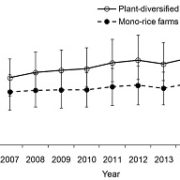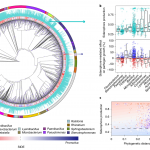Accumulation of high value bioproducts in planta can improve the economics of advanced biofuels (PNAS)
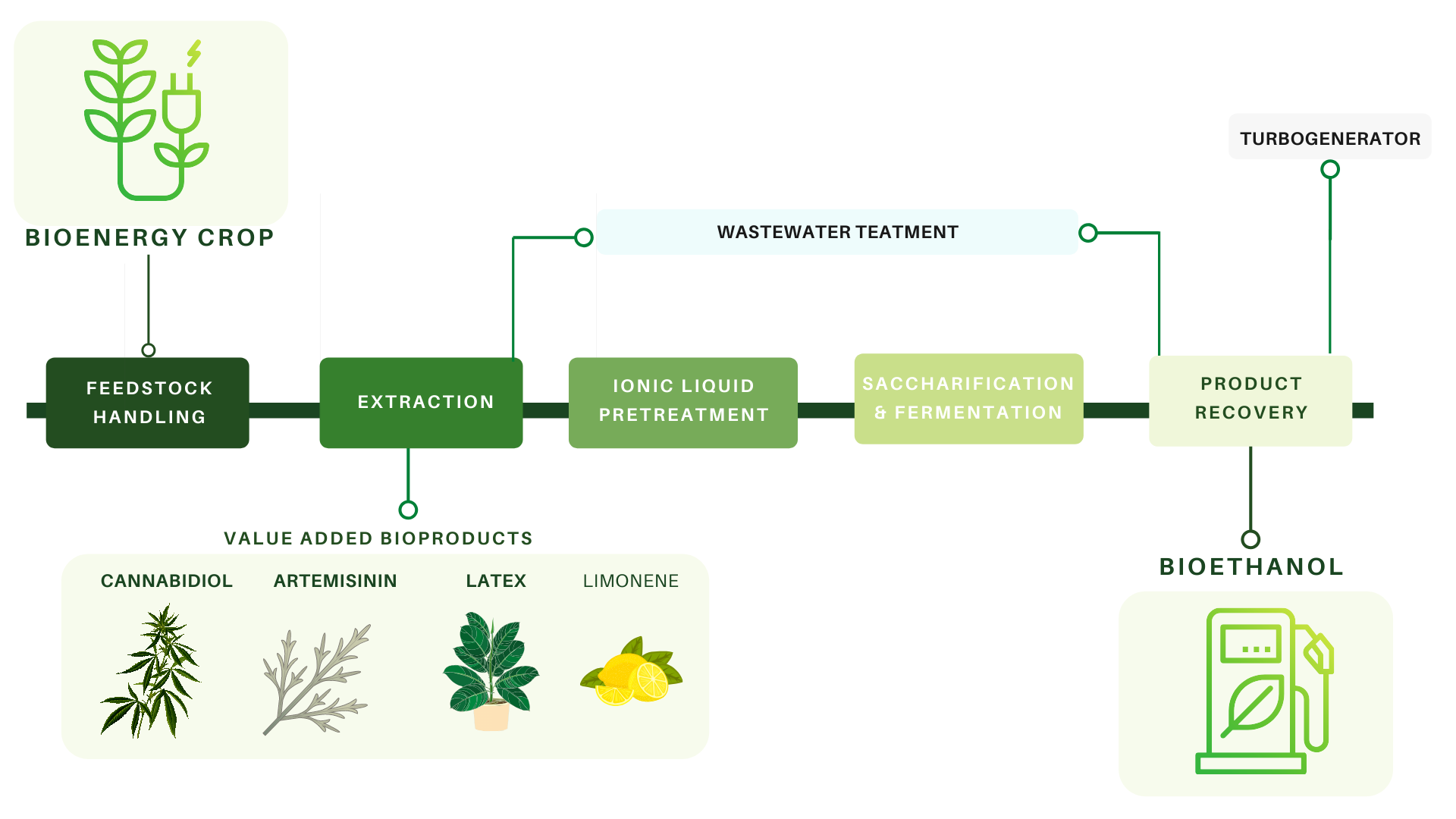 Biofuels can be obtained from bioenergy crops such as sorghum, maize and sugarcane. However, the production of bioethanol is still more expensive than that of petroleum. Given the importance of replacing conventional fossil fuels with renewable liquid fuels, the biorefinery system should be improved to reach the Minimum Ethanol Selling Price (MESP) of $2.50/galllon. One strategy relies on the diversification of cellulosic biorefineries. As the biomass feedstock represents the largest cost, bioenergy crops could be engineered to generate other commercially valuable products in addition to bioethanol. This paper highlights the importance of techno-economic models to investigate value-added compounds and direct plant metabolic engineering. The authors identified five relevant molecules -limonene, latex, PHB, cannabidiol, artemisinin- with a wide range of market prices and applications to be incorporated in the sorghum-to-ethanol conversion process. Considering different extraction efficiencies, they also quantified the lowest amount of each coproduct in engineered plants that is needed to reach cost parity. To summarize, the required minimum accumulation of valuable molecules has already been achieved in a variety of plant species. For example, the production of PHB in leaves can reach the 4% and 18.8% of dry weight in transgenic Arabidopsis and tobacco respectively. Nevertheless, it’s worth taking into account crucial limiting factors, including the unique physiology of latex-producing plants, the storage of cytotoxic compound in specialized epithelial cells of limonene-producing plants, or the complex biosynthetic pathway of artemisinin in Artemisia annua. Besides plant biology, also the marketplace should be examined: the demand of cannabidiol is expected to grow by an order-of-magnitude by 2025 despite the linear growth for other molecules. (Summary by Michela Osnato @michela_osnato) Proc. Natl. Acad. Sci. USA 10.1073/pnas.2000053117
Biofuels can be obtained from bioenergy crops such as sorghum, maize and sugarcane. However, the production of bioethanol is still more expensive than that of petroleum. Given the importance of replacing conventional fossil fuels with renewable liquid fuels, the biorefinery system should be improved to reach the Minimum Ethanol Selling Price (MESP) of $2.50/galllon. One strategy relies on the diversification of cellulosic biorefineries. As the biomass feedstock represents the largest cost, bioenergy crops could be engineered to generate other commercially valuable products in addition to bioethanol. This paper highlights the importance of techno-economic models to investigate value-added compounds and direct plant metabolic engineering. The authors identified five relevant molecules -limonene, latex, PHB, cannabidiol, artemisinin- with a wide range of market prices and applications to be incorporated in the sorghum-to-ethanol conversion process. Considering different extraction efficiencies, they also quantified the lowest amount of each coproduct in engineered plants that is needed to reach cost parity. To summarize, the required minimum accumulation of valuable molecules has already been achieved in a variety of plant species. For example, the production of PHB in leaves can reach the 4% and 18.8% of dry weight in transgenic Arabidopsis and tobacco respectively. Nevertheless, it’s worth taking into account crucial limiting factors, including the unique physiology of latex-producing plants, the storage of cytotoxic compound in specialized epithelial cells of limonene-producing plants, or the complex biosynthetic pathway of artemisinin in Artemisia annua. Besides plant biology, also the marketplace should be examined: the demand of cannabidiol is expected to grow by an order-of-magnitude by 2025 despite the linear growth for other molecules. (Summary by Michela Osnato @michela_osnato) Proc. Natl. Acad. Sci. USA 10.1073/pnas.2000053117


